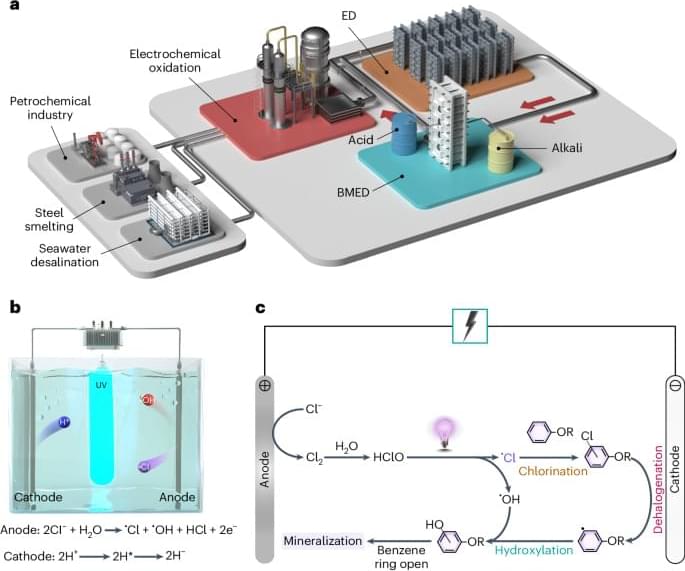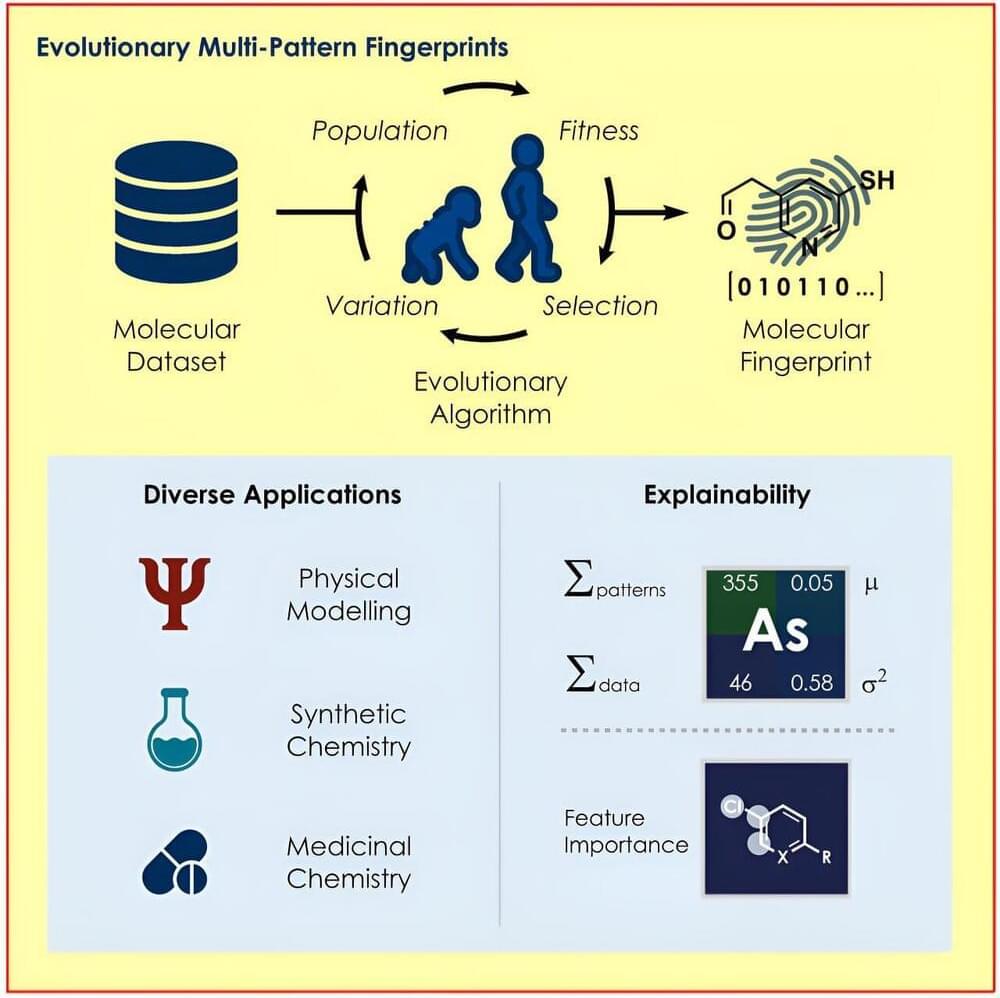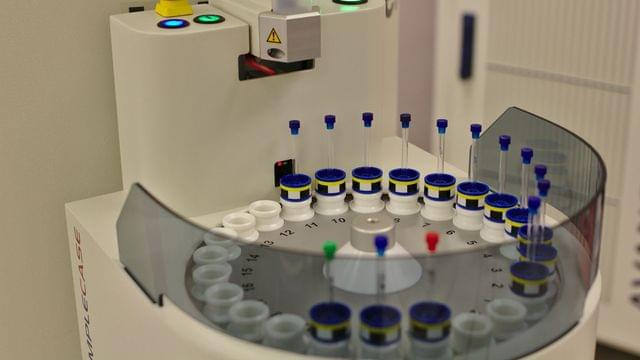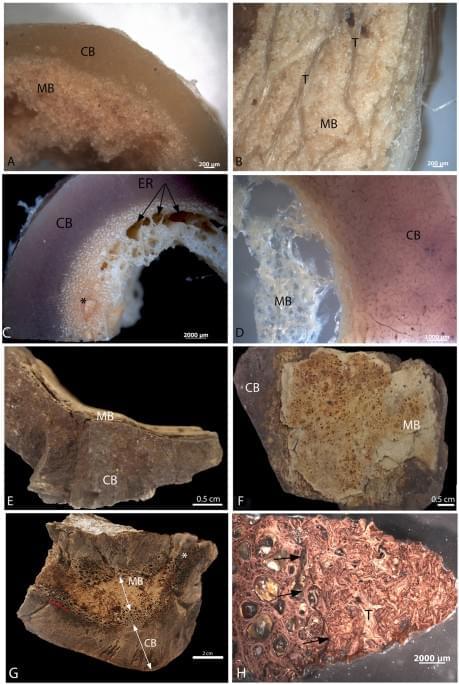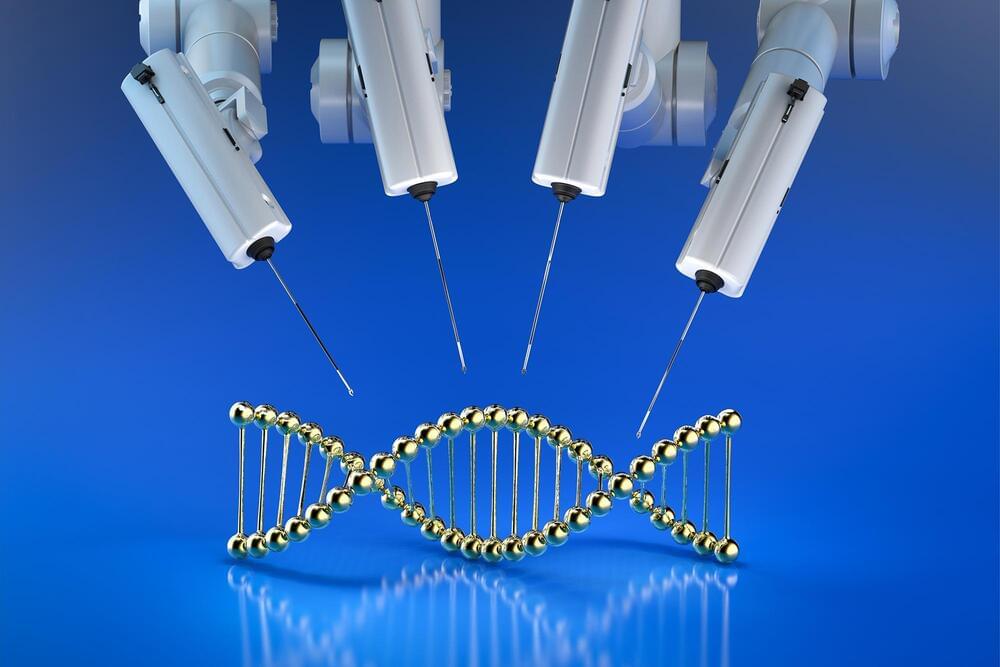May 11, 2024
Dr. Mirko Beljanski’s incredible story and research on natural anticancer compounds Pao Pereira and Rauwolfia
Posted by Paul Battista in categories: biotech/medical, chemistry
“As long as the pharmaceutical companies quest for innovation is solely driven by intellectual property rights, they will keep failing in the war on cancer.”-Sylvie Beljanski.
Dr. Mirko Beljanski PhD, was a molecular biologist at the Pasteur Institute in Paris who investigated how environmental toxins damage DNA leading to cancer as well as natural compounds with protective anticancer properties. His research eventually led him to the discovery of two unique and powerful anticancer plant extracts: Pao pereira and Rauwolfia vomitoria.


